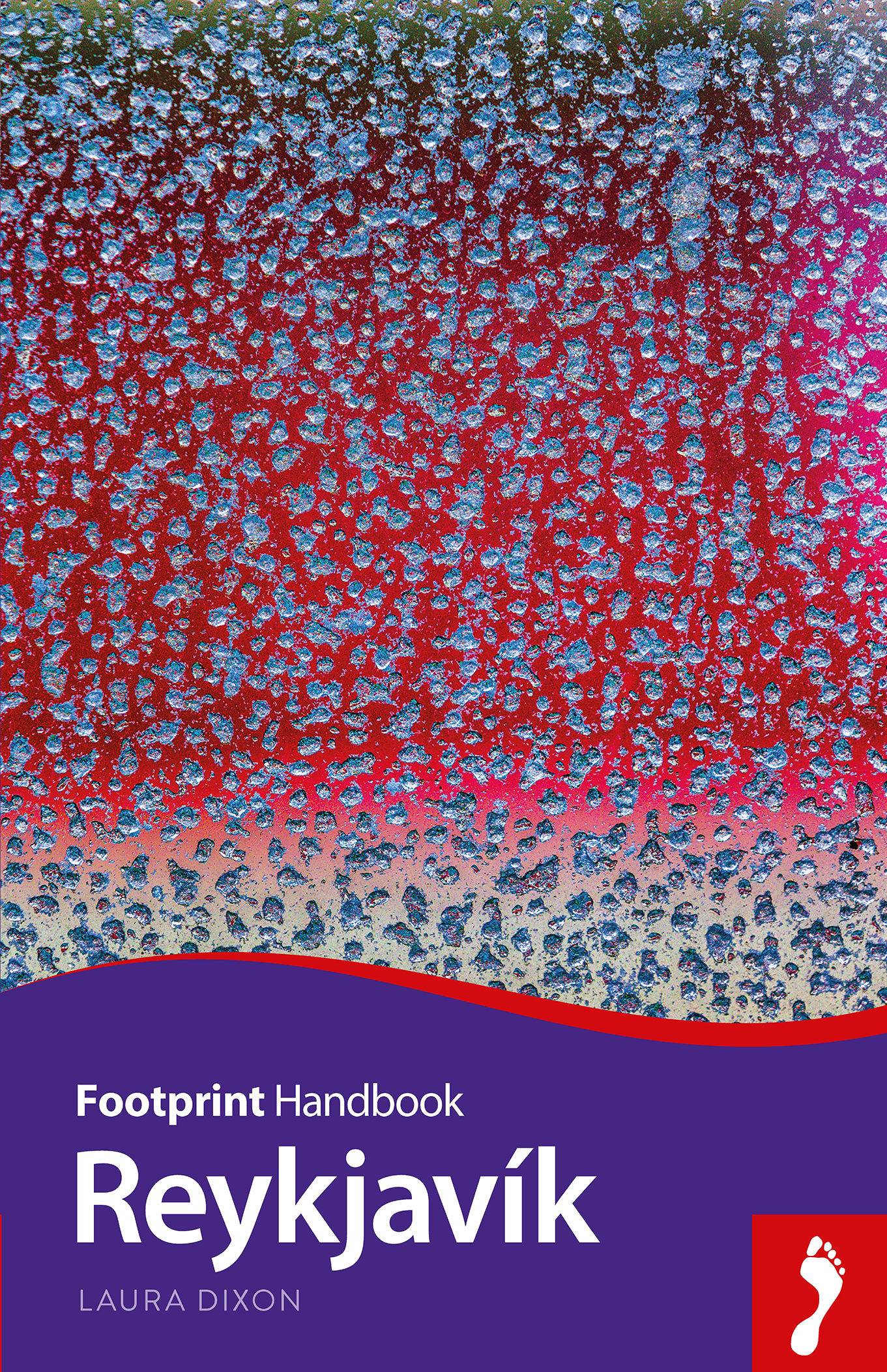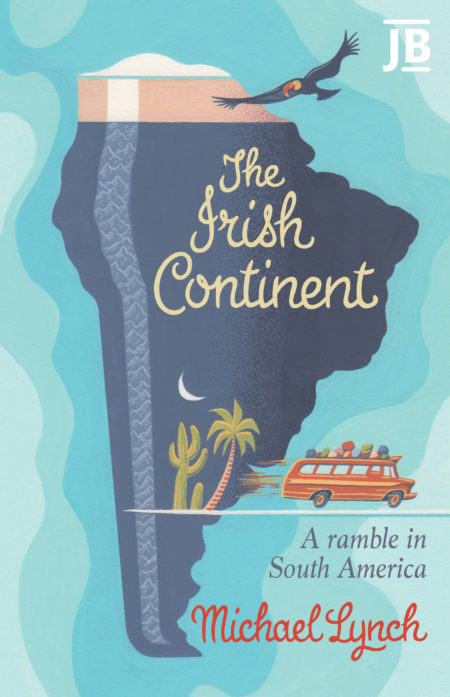Bradt Iceland: Reykjavik Guidebook
by Laura Dixon-Hall
Size: 115 X 178 mm
Edition: 1
Number of pages: 120
About this book
The northernmost capital city in the world, Reykjavik is also one of the friendliest. From deliciously warm springs and lagoons to its background of snow-topped mountains, Reykjavik is creative and unique. This Footprint Handbook provides invaluable information on transport, accommodation, eating and entertainment to ensure that your trip includes the best of this welcoming city and the surrounding countryside.
* Practicalities section with useful advice on getting to and around Reykjavik.
* Listings you can trust , including where to eat, sleep and have fun.
* Includes information on tour operators and activities, from puffin-spotting to quirky coffee shops.
* Detailed maps for Reykjavik
* Slim enough to fit in your pocket.
With detailed information on all the main sights, plus many lesser-known attractions, Footprint’s Reykjavik Handbook provides concise and comprehensive coverage of one of the most interesting capitals in Europe, and also covers other key destinations in Iceland.
Before ordering ebooks from us, please check out our ebook information.
About the Author
Laura Dixon is a freelance writer and editor with the land of fire and ice in her veins. Since authoring the first guide to Reykjavik at the tender age of 23 in 2003, Footprint Reykjavik, she has made regular pilgrimages to her favourite city to write about it for magazines and newspapers around the world, and find any excuse to go swimming in the city’s natural thermal waters. She has written and reviewed for The Guardian, The Independent, The National and I-escape.com. She lives with her husband and daughter in Bristol. View her website at www.laurajaynedixon.co.uk.
Additional Information
Table of Contents1) Planning your trip
2) Reykjavik & around
3) Around Reykjavik (Blue Lagoon, Viking World, Golden Circle)
4) Around Iceland (Snaefellsnes Peninsula; Landmannalaugar; South Coast; Vestmannaeyjar; Akureyri; Lake Myvatn; Islands of Eyjafjordur; Husavik)
5) Background
6) Practicalities




